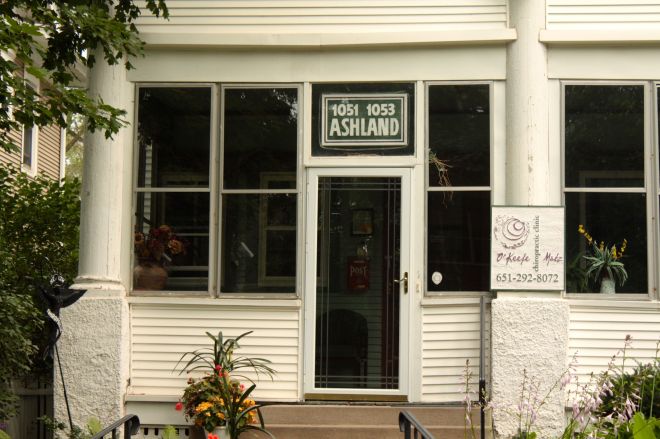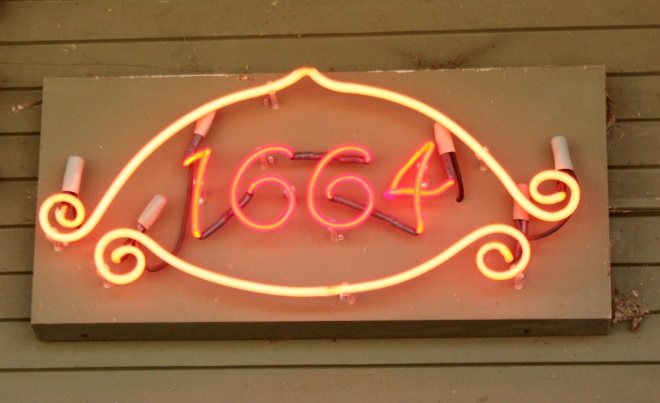Unlike my usual posts, this one is not about a particular ride. Instead, it is a sort of compilation of many rides, most of them in 2014. Today’s post focuses on addresses, or house numbers, as they are officially known.
You might correctly suspect that properties were first given addresses in the early days of Saint Paul, July 29, 1874 to be exact.(1) Just six years later a new ordinance was approved that more precisely defined how addresses were assigned.(2) Don Empson, in The Street Where You Live, tells the fascinating and sometimes confusing story of how addresses are assigned now and the progression of the process since 1874.
There is a vast melange of house and building numbers around town, something I really noticed last year. Some differences, like size and materials (i.e., metal, wood) might be obvious. But there is a whole lot more to this numbers game than those characteristics.
The address numbers in Saint Paul range from a single digit to four. The ‘zero point’, or place where single digit house numbers for north–south streets start, roughly follows Summit Avenue to Ramsey Street, the Mississippi River and effectively along Upper Afton Road. Address numbers grow larger as one moves north or south of this imaginary line.
The ‘zero point’ for east west streets is basically along Sylvan Street south to Wabasha through Downtown and to the West Side to Humbolt Avenue to the Saint Paul’s border with West Saint Paul.
Some have home-made house numerals.
Not all house numbers are posted on the house (at first glace that doesn’t really make sense.) From signs to stoops to steps, addresses appear in assorted places on Saint Paulites’ property.
Of course, homes are not the only structures that have address numbers. Even undeveloped lots have an address, although it might not be posted. Buildings, too, must display an address and do so with nearly the variety of homes.

These painted numbers are from two or three colors ago. From the building on Snelling at Charles Avenue.

250 Fuller is the only one of the Fuller Apartment buildings to have address numbers like this above the main entrance.

The yellow awning with the building’s address stands out like no other. I’m not sure that’s a good thing.

Although uncommon, there are fractional addresses. This one is on a building on St. Peter Street Downtown.
There are horizontally, vertically and diagonally-oriented house numbers.
Duplexes, naturally, require two house numbers.
Tile and ceramics add some panache to the lowly house number.
Scripted addresses are rare, perhaps because people aren’t learning how to write or read it.
Finally, a smattering of unusual house numbers.

These address numbers were really popular during the 60s and early 70s, at least where I grew up. Usually they were placed on the storm door.

Finally, my favorite address sign. This beautifully crafted Art Deco address sign has so many things to look at–different color and type of stone, various textures and nearly flawless symmetry. The Grand Avenue apartment building on which this sits was built in 1926.
This assortment is just a sample of the creative, odd, mundane, lavish and gaudy ways house numbers are presented. Let me know if you see an interesting address number on your travels in Saint Paul.
Footnotes:
(1) The Street Where You Live: A Guide to the Place Names of St. Paul by Donald Empson; page 248
(2) The Street Where You Live: A Guide to the Place Names of St. Paul by Donald Empson; page 249

























